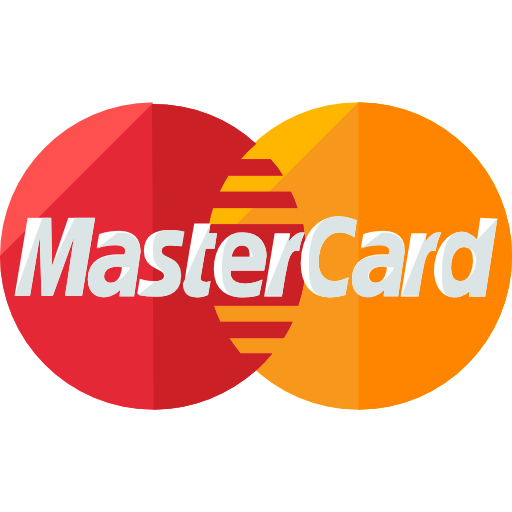News
POS Tablet Philippines Grand Tech Int’l. Ent. Corp.
Friday, October 1, 2021Table of Contents
- Introduction
- What Is the Main Function of a POS System?
- What Is the History of POS Tablets?
- The First Electrical Stylus Device
- The First Tablet Computer Shown Publicly
- The Entrance of Household Names
- The Integration of Tablets Into POS Systems
- What’s the Difference Between a Tablet and a Traditional POS System?
- Mobility
- Security
- Reporting
- Tips To Follow When Using a Tablet-Based POS System
- Manage Inventory
- Create Purchase Orders
- Make an Internet Store
- Integrate Online and In-Store Sales Figures
- Back Up the Server
- Customer Relationship Management
- Analytics
- Reports
- Employee Time Cards
- Manage Shift Activity
- Where Can You Buy POS Tablets in the Philippines?
- Conclusion
POS Tablets in the Philippines and How They Can Help Boost Your Business
Introduction
Various commercial establishments use different point-of-sale (POS) systems to accept payment from customers and keep track of sales.
Restaurants utilize management software that effortlessly connects their front of house, kitchen, and back office. On the other hand, retail stores use an application to accept payments, track inventory, and combine in-store and online transactions.
However, one thing these businesses have in common is how POS tablets in the Philippines can help them manage their shop better.
If you’re having difficulty looking for a reliable device to enhance your current POS system, worry not because Grand Tech Int’l. Ent. Corp. can help you. We offer a range of EC Electronics, Limited products, including cash drawers, POS tablets, programmable keyboards, and more.
What Is the Main Function of a POS System?
A POS is a virtual or physical place where a customer pays for the goods or services they receive. Most shops use specific hardware and software to keep track of sales and enable certain payment methods, such as credit or debit cards. Furthermore, these systems have a central computer linked with other devices, including barcode scanners, desktop tablets, and magnetic slot readers.
Using a customized POS system will allow you to control your business operations better as it shows you which items you’ve sold within a specific period. It can also help you take note of sales trends and analyze reports. Lastly, it increases everyday business efficiency as it shortens the time your customer has to wait before purchasing something.
What Is the History of POS Tablets?
The First Electrical Stylus Device
In 1888, a US patent was granted to Elisha Gray for an electrical stylus device that captured handwriting. It was referred to as the telautograph, which transmits electrical impulses recorded by potentiometers to a pen. People used it to quickly send notes to different recipients regardless of their distance from each other.
The First Tablet Computer Shown Publicly
However, it wasn’t until 1986 did someone create a device that is most similar to what we refer to as a tablet today. Hindsight, a start-up company in Enfield, Connecticut, developed the Letterbug. It was intended to teach children with dyslexia how to write with the correct “pen feel.”
As the years passed, other companies, such as Elographics, worked with them to create a product that best replicated the experience of using a pen on paper.
The Entrance of Household Names
In 2000, Microsoft coined the term “Microsoft Tablet PC” for the electronics they made that ran on their operating system. They marketed the gadgets as note-taking tools for businesses and rugged devices for those conducting fieldwork.
However, some users have encountered problems, including the lack of finger and virtual keyboard support and the insufficiency of applications specific to the tablet’s platform. Despite the troubles they have experienced when using Microsoft’s device, it also became the benchmark for other companies, such as Nokia, Samsung, and Apple.
The Integration of Tablets Into POS Systems
Manufacturers saw the benefits of integrating tablets into POS systems to optimize it further. This was how the mobile POS (mPOS) was created. With the addition of a touch-screen device, store personnel could transact with customers faster and more efficiently.
In 2011, Home Depot, a US home improvement retailer, released at least 30,000 mPOS devices. However, it wasn’t until they could make a credit card reader that could plug into any tablet that these products became popular. Now that they can take card and online payments, desktop tablets can be seen in almost every establishment.
What’s the Difference Between a Tablet and a Traditional POS System?
Tablets and traditional POS systems are similar in various ways. They can both make reservations, process cash, and card payments, provide inventory insights, print customized receipts, and more. All these features are of great help to business owners as they can speed up service and give employees more flexibility and responsibility on their daily tasks.
Ultimately, the deciding factor on whether to get a traditional or mobile POS system would be the type of establishment you’re running. To help you select which one to purchase, here is a list of how they differ:
Mobility
The most significant difference the two systems have would be their mobility. For restaurants, servers would constantly need to run back and forth between the kitchen, cashier, and their tables if they have a traditional POS system. However, having a tablet in hand would give them more flexibility to move around, take orders, and attend to customers. The latter would be especially beneficial to high-volume diners or cafes since it can ensure quicker service time and increase revenue in the long run.
On the other hand, it may be better for retail stores to have a traditional POS system as employees don’t need to roam the store as much. Shops usually have a designated area where customers can go if they’re ready to pay for the things they’ve picked up.
A tablet-based POS system is ill-advised for clothing stores, especially since customers’ paths to purchase in these establishments are lengthier. People usually want to try on the shirt or blouse that caught their eye before buying it.
Security
Thieves can easily spot traditional POS systems as their cash drawers are always on display. People can easily plan their heist while taking into consideration where the cashier is located.
With a more mobile system, robbers would have a more difficult time because the compartment where the money is kept is usually hidden from view. Additionally, some mPOS systems can be locked remotely and tracked via GPS.
(to be continued)













